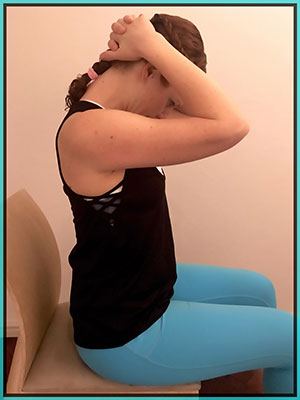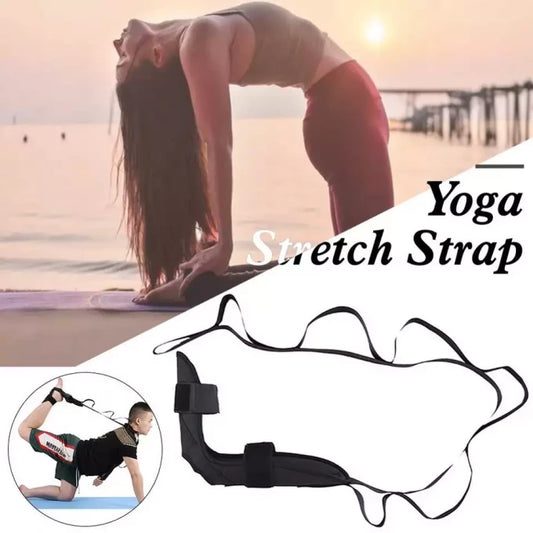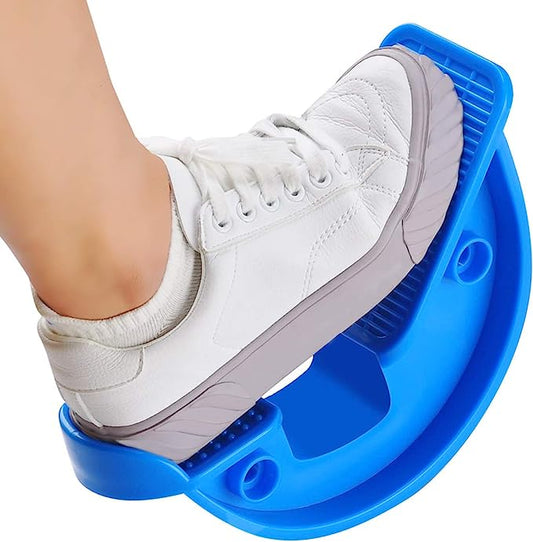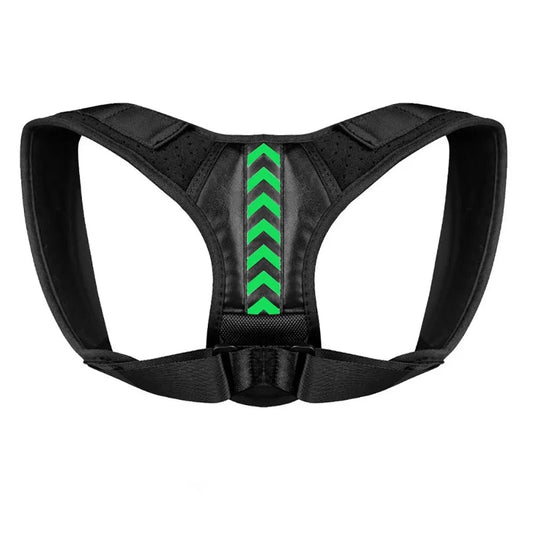You spend 8 hours sitting at work + 2 hours sitting in traffic + 1 hour sitting watching TV.
You don’t need to be Einstein to figure out this equation equals bad news.
Sitting too much causes back pain, end of story. But there is a silver lining to my dark tale. In my past two blog posts I spoke about the causes of lower back and neck pain and I showed you a revolutionary solution for fixing your achy back if you work chained to a desk all day.
But the picture is not complete until you can also prevent this problem from getting worse, or even better, prevent it from occurring altogether. Back pain is a sneaky little devil of a problem to treat. This is because the whole body works together and when one area becomes tight it triggers a chain reaction, causing pain and tension in a different area of the body.
For example: did you know that tight pectorals (those sexy chest muscles aka ‘pecs’) are a common aggravating factor of lower back pain? Neither did I until I travelled down the rabbit hole of spinal disorders. So here is what I found and here is the low down on the lower back saga…
Back pain starts off as a nagging niggle that you often be completely unaware of. Then suddenly the pain can become unbearable. If I do not manage to prevent the acute attack of discomfort then I have an emergency toolkit for managing my back pain until I can see my chiro or physio.
Back pain emergency toolkit- Take a day off and LIE DOWN. That’s right my over-achieving friend; it’s time to relax, put your feet up and do nothing. Lying on the bed with your legs elevated (prop them on top of 3-4 pillows) will take the pressure off your spinal nerves and discs in your lower back. This allows the back muscles to relax and the tension is slowly reduced.
- Alternate hot and cold packs. The first 24 hours of pain should be treated with cold (I’m talking frozen peas or ice packs). After the first 24 hours, alternating hot and cold (15 minutes heat, 15 minutes cold) is extremely beneficial for treating and relieving muscle spasms.
- ‘Leg-over’ stretch. This is a real bang-for-your-buck stretch because it targets the hamstring, calves, glutes and lower back. Be gentle with yourself, especially if that back is shouting at you. Hold the stretch for 30 seconds on each side and repeat. Then go back to sleeping with raised legs.

This strategy does wonders when you’re at home. But what can you do at the office to prevent back issues in the long run?
A recent scientific study declared awesomely positive results from people who stretched daily. Stretching helps to reduce back pain symptoms and even improves people’s quality of life. So I compiled a list of the 6 most effective DIY desk stretches to relieve tired and overworked muscles at the office:
- Seated twist
Sit tall and stretch your head up to the ceiling (think giraffe, BE a giraffe). Make sure your hips remain facing forward. Rotate your upper body to the right. Place your left hand onto your right thigh to help you twist further. Imagine you are wringing out your body like a towel. Remain in your giraffe pose (lengethen upwards) as you continue to twist as far as you can. Hold this twist for 30 seconds. Then repeat on the other side.

- Pectoral door stretch
Even though you may think you have excellent posture, working at a computer/desk all day causes your pectoral (chest) muscle to tighten as you slouch forward. Open those babies up! Standing in a doorway (it’s best to find a quiet room for this stretch in order to avert those odd looks from nosy colleagues), raise your bent arms up and place them on the outside of the doorframe. Stand with the right leg ahead of the left leg and lean forward until you feel the juicy stretch in your pecs. Hold for 30 seconds and repeat with the other leg forward. This stretch has two variations. By the raising the arms higher on the doorway, you will stretch into the Pectoralis Minor muscle; it’s best to use both variations to get the most out of this stretch.

- Head-down neck stretch
We are back to thinking ‘giraffe’ thoughts so sit up tall. Clasp your hands behind your head, tuck your chin into your chest tightly and apply gentle pressure with your hands downwards toward your chest. You should feel this stretch in the mid-spine between your shoulders and at the base of your neck. You should aim for two rounds of this delicious stretch, 30 seconds each round.

- Seated forward bend.
This stretch has numerous benefits. It will release tension in your spine whilst stretching your lower back and hamstring muscles. With the rush of blood to head you will feel energized and ready for another 45 minute slog behind your desk. Move your bottom to the edge of your chair. Hold on to the side of your chair and take a deep breath. As you breath out lean forward over your legs so that your hands touch the floor. Hang in this position for 45 seconds – 1 minute. You can change this stretch by opening the legs straight outwards to the side and then stretching forward. Slowly roll your back upwards when you exit this stretch or walk your hands up your legs slowly so that you don’t put unnencessary strain on the lower back when you sit up again.


- Seated hip stretch
When your gluts (the big slabs of muscle in your bottom) are tight they create pulling tension on your lumbar spine and sacrum. This is worsened by sitting on them all day. Time to loosen dem’ bottoms! Sit facing forward and cross your right ankle over your left knee. Look down and form a square shape with your legs. Now straighten your back and hinge forward to touch your toes. Push down on your right thigh to get a deeper, juicier stretch. Hold this position for 30 – 45 seconds and repeat on the other side.

- Sideways neck stretch
Necks tend to become frozen in one position when sitting and working for long hours, especially on a computer. The neck muscles are not directly linked to lower back pain, but you must keep your neck loose and juicy if youre sitting and working all day. So, lets get back into our giraffe pose, long tall spine. Bring your right ear to your right shoulder. Use your right hand to apply gently pressure on the head to deepen the stretch. You should hold this for 45 seconds – 1 minute on each side.

So there you have it. 6 simple stretches you can do in your office environment. The full set of stretches should take you no longer than 10 minutes. You might get some sideways glances but I think your wellbeing is more important. Keep your muscles loose and lengthened in order to counteract the bad effects of sitting. I hope you found this post useful and I welcome any feedback or personal stories in the comments section.




